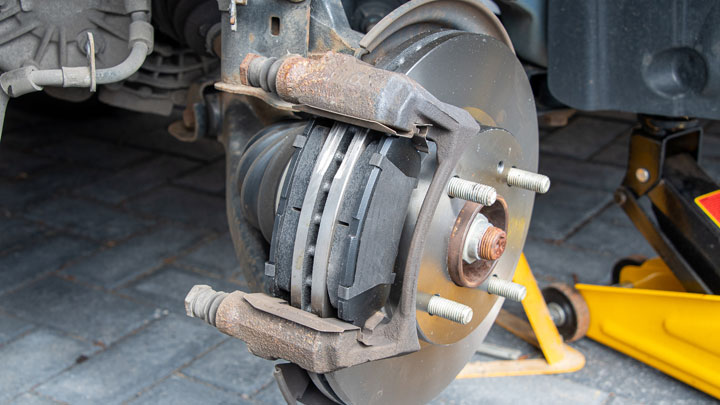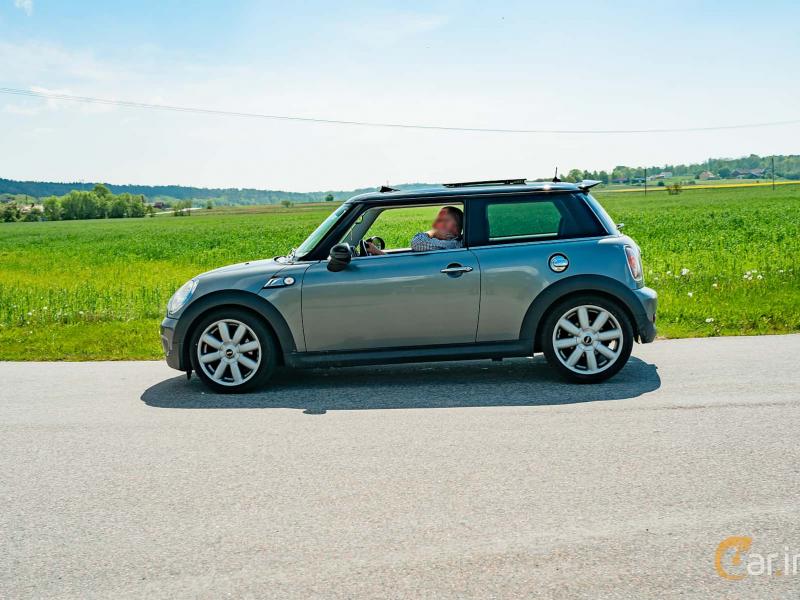Guide to Replacing Brake Pads
Sat, 09/24/2011 - 00:51
Things Needed:
- Hammer
- Allen wrenches (depending on the car)
- Lug wrench
- Small bungee cord
- C-clamp
- Adjustable wrench (depending on the car)

[{"target_id":"256116","alt":null,"title":null,"width":"720","height":"405","url":"\/sites\/default\/files\/articles-images\/4d\/brake-pad-replacement.jpg"},{"target_id":"256117","alt":null,"title":null,"width":"2560","height":"1440","url":"\/sites\/default\/files\/articles-images\/d7\/guide-to-replacing-brake-pads-scaled.jpg"}]




